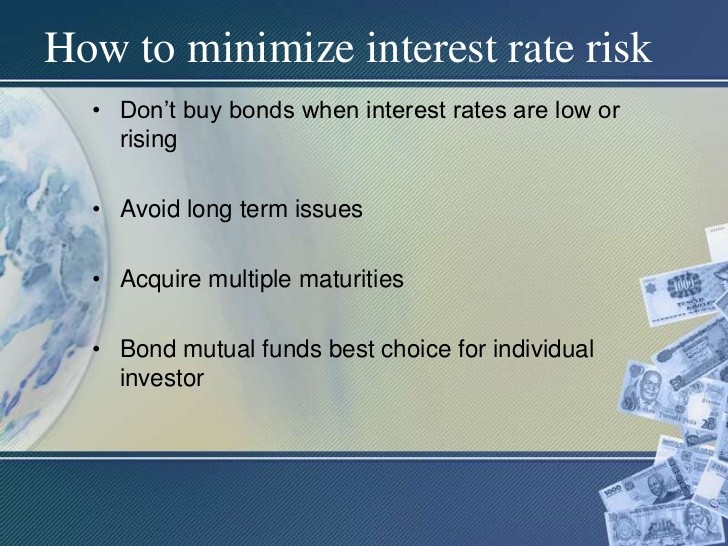Safety and Income Bonds
Post on: 21 Июль, 2015 No Comment

When investing for safety and income, bonds are one of the most attractive asset classes. In this chapter, we will discuss some of the characteristics of bonds that make them an ideal option for safety and income. We will also look at what types of bonds would not be appropriate in constructing a safe investment portfolio, before concluding by looking at some of the components of an ideal bond portfolio. (For a background reading, see our tutorial on Advanced Bond Concepts .)
Why Bonds Are Ideal for Safety and Income
Broadly speaking, bonds are considered safer than stocks and when dealing with investment grade rated bonds, the risk of a loss of principal is generally small (although not negligible.) Bonds issued by the United States government, U.S. government agencies, highly-rated municipalities, and highly-rated corporations have historically offered principal safety and attractive levels of current income.
Bonds provide consistent income due to their periodic coupon payments. Furthermore, bond issuers are contractually obligated to make these coupon payments; in most instances failure to do so allows bondholders to force the issuer into bankruptcy. Therefore, bond issuers view timely payment of all interest and principal as an extremely high priority. This enhances the likelihood that bondholders will receive their payments as scheduled.
Corporate bond coupon payments are considered more stable than company dividend payments. That is because companies are legally bound to pay interest on their bonds before considering payment of any preferred or common stock dividends. Finally, many other investment options have infinite life spans, but bonds have stated final maturities. This means that, in the absence of a default. an investor knows exactly when they will receive their principal back as well as the exact dates on which they will receive income distributions in the interim. This cash flow certainty is an invaluable benefit to investors dependent upon portfolio income to meet their ongoing expenses.
Types of Bonds to Avoid
While most bonds make attractive additions to a portfolio designed for safety and income, there are some bonds that might not be appropriate. In constructing a safe portfolio, an investor should focus on investment-grade rated bonds. These are bonds that carry a minimum credit rating of ‘BBB’ or higher. Bonds that would fall into this category include US Treasury securities, U.S. government agency securities, most mortgage-backed securities (MBSs), investment grade rated municipal securities, and investment grade rated corporate bonds. Bonds that are considered less safe include high yield junk bonds (rated below BBB), emerging market bonds and some securitized products. (To learn more, see Junk Bonds: Everything You Need To Know .)
Although bonds carry a promise that the principal will be repaid at a stated maturity date, circumstances do arise in which an investor might want (or need) to sell their bond prior to maturity. In anticipation of this possibility, it is important to realize that the longer the maturity of a bond the greater an investor’s exposure to possible capital loss if he or she wishes to sell prior to maturity because long-term bonds are more sensitive to changes in interest rates. Therefore, investors interested in safety should concentrate on bonds with maturities of 10 years or less. Generally speaking, bonds with maturities beyond 10 years do not offer substantially higher income, but they do carry a greater possibility of capital loss if an investor wishes to sell prior to maturity.
Investors interested in cash flow should also be aware that some types of bonds do not offer reliable income payments. For instance, zero coupon bonds do not offer current income but instead sell at a discount to their face values. With these bonds, investors profit from the difference between their purchase price and the final maturity value. In the interim though, investors do not receive any income, making them inappropriate for investors who depend on current cash flow.

Mortgage-backed securities and asset-backed securities also may not be appropriate for investors seeking consistent income. That is because instead of paying principal upon final maturity, these types of securitized products usually pay both principal and interest on a monthly basis, meaning that their cash flow pattern is more irregular than that from most other types of bonds. Because of these irregular cash flows, securitized products offer additional compensation, making them an attractive option for some investors. However, if stable income is a priority, an investor should consider other types of bonds.
Building a Safe Bond Portfolio
What is considered an optimal bond portfolio will differ depending on an investor’s circumstances and objectives, but some general advice can be given. A bond portfolio should be concentrated in highly rated, investment grade securities and should be invested in a wide range of maturities. When investing in bonds it is also important to realize that their long-term returns are lower than those of stocks. Therefore, fees have a greater impact on an investor’s total return in the bond market than in the stock market. This means that while focusing on fees it is always prudent when investing, it becomes even more important when constructing a bond portfolio.
Conclusion
This chapter has discussed how in many ways bonds are the ideal asset class for investors interested in safety and income. Investors should still tread carefully though, by minimizing their use of risky bond types such as emerging market bonds and high-yield bonds and concentrating their holdings in those bonds with maturities of 10 years or less. Investors interested in income should also focus on bonds that provide a steady stream of cash flows. An ideal fixed-income portfolio for many individuals will be comprised of government securities, government agency securities, high-grade corporate securities and high-grade municipal securities (in taxable accounts.) Such a portfolio will provide a steady stream of income with minimal risk of principal loss. (For more, check out Top 4 Strategies For Managing A Bond Portfolio .)














